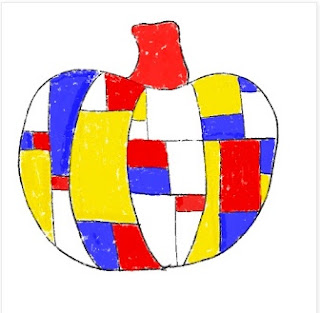Novelty Architecture - aka Duck Architecture
With this lesson, your sub will read the script, pose questions, and show visuals to introduce students to this fun concept. Then, the kids will get to design their own "duck architecture" masterpiece. No cookie-cutter designs here—every child's drawing will be one-of-a-kind!
I tried really hard to create a lesson with lots of visuals and examples to inspire your students. Here are thumbnails to give you an idea of what your students will see.
There are also instructions for you sub to let them know how to set up and end the lesson.
The materials needed are simple: paper, pencil, and crayon (or marker, if you prefer)
Whether you project it as a PowerPoint or print it out for a close-up look, all the sub or teacher has to do is follow the simple directions. Get ready for a fun and unique learning experience!
I don't want you spending hours writing a lesson plan for your sub, when you likely are in a hurry. So, check out this sub plan here in my TPT shop: Quirky, Big Duck Architecture.
If are interested in other art lessons related to architecture, you might like these:

.jpeg)










